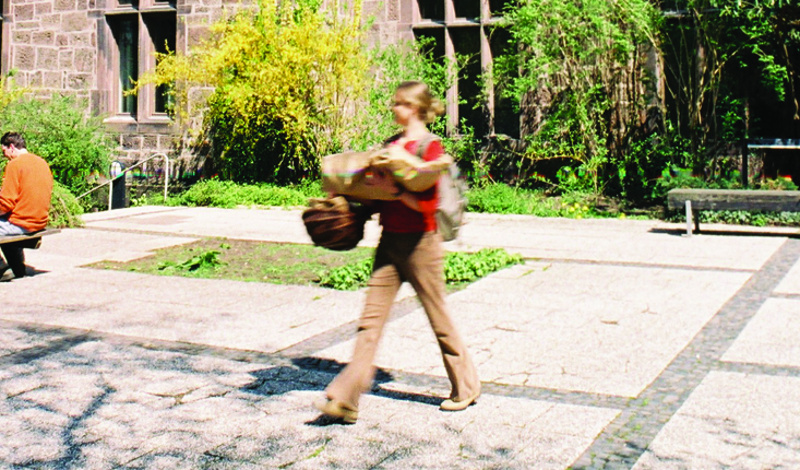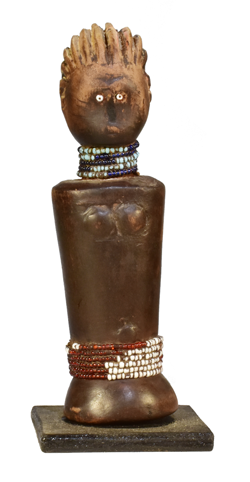deutsche Inhalte
The Steinstraße campus was formerly known as Wilhelmshof.
The oldest building parts of the entire complex date back to 1275.
and were built as a monastery for Cistercian nuns.
In the course of history, the property has been used for a variety of purposes and has been
and has been continuously rebuilt and extended.
1275 - 1291 Monastery of the Cistercian nuns
1291 - 1530 Monastery of the Wilhelmites
1530 - 1533 Landgravial Hessian Domain
1533 - 1738 Private property of Bodenhausen / Kulenkamp
1738 - 1866 Hessian estate of the landgraves
1866 - 1898 Prussian domain
1898 - 1945 German Colonial School
In the meantime: Military hospital (1914-1918 and 1942-1945)
After the Second World War, parallel uses took place.
1945 - 1952 Witzenhausen district and municipal hospital
1945 - 1966 Higher agricultural school / Max Eyth School
1946 - 1962 DEULA German Training Institute for Agricultural Engineering
1957 - 1966 Training College for Tropical and Subtropical Agriculture
1963 - 1971 Consultant Seminar for Rural Development Aid / German
School of Engineering for Foreign Agriculture
since 1956 German Institute for Tropical and Subtropical
Agriculture DITSL (owner)
since 1971 Kassel Comprehensive University - since 1993 Kassel University
Today, the Steinstraße campus is mainly used by DITSL, the
University of Kassel, the Society for Sustainable Development GNE
and other associations, societies and companies in the university environment and in the
and companies in the university environment as well as in the fields of ecological
agriculture and sustainable international development




